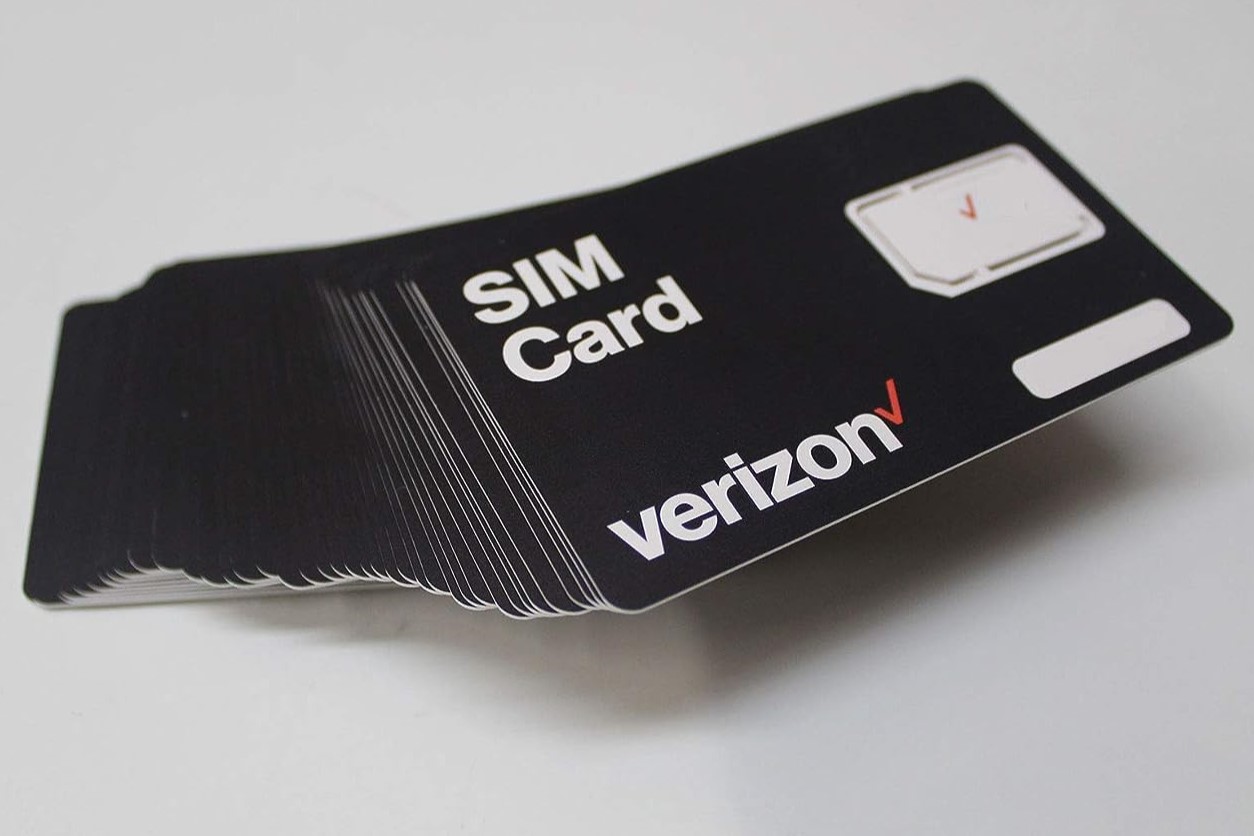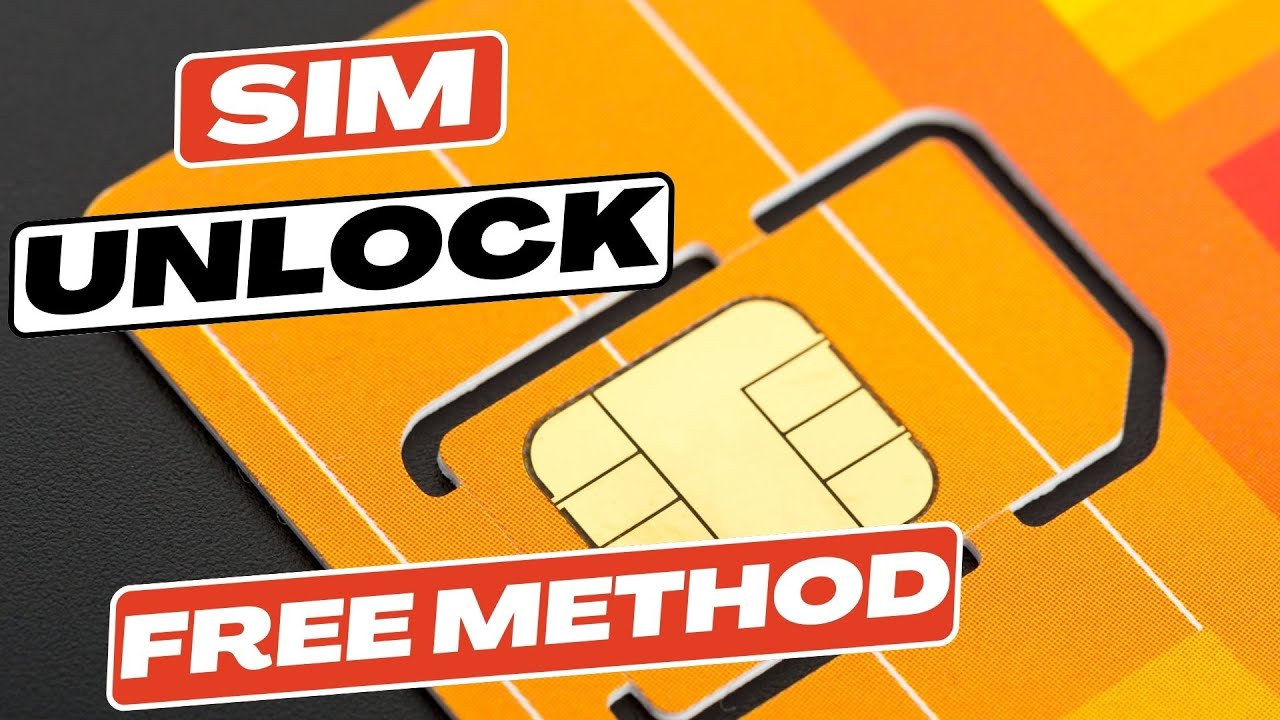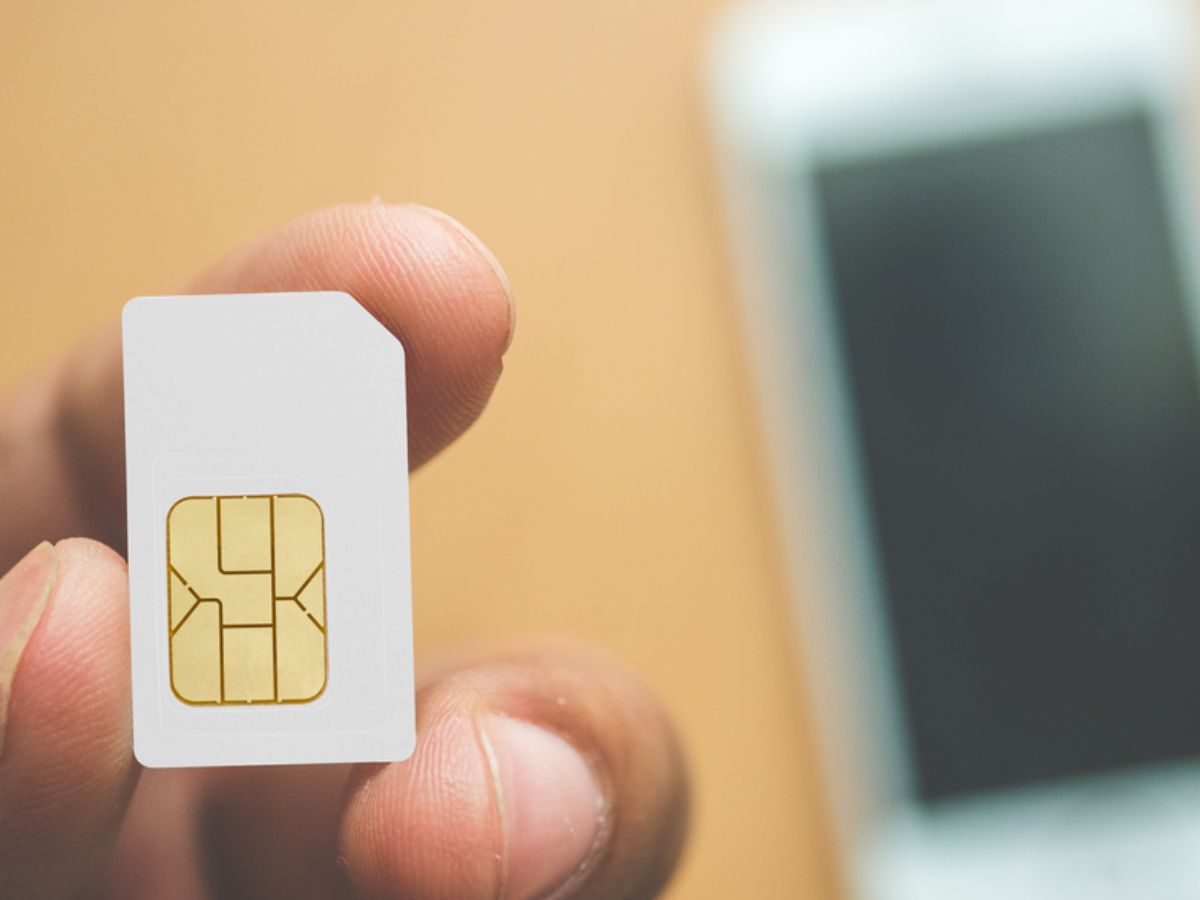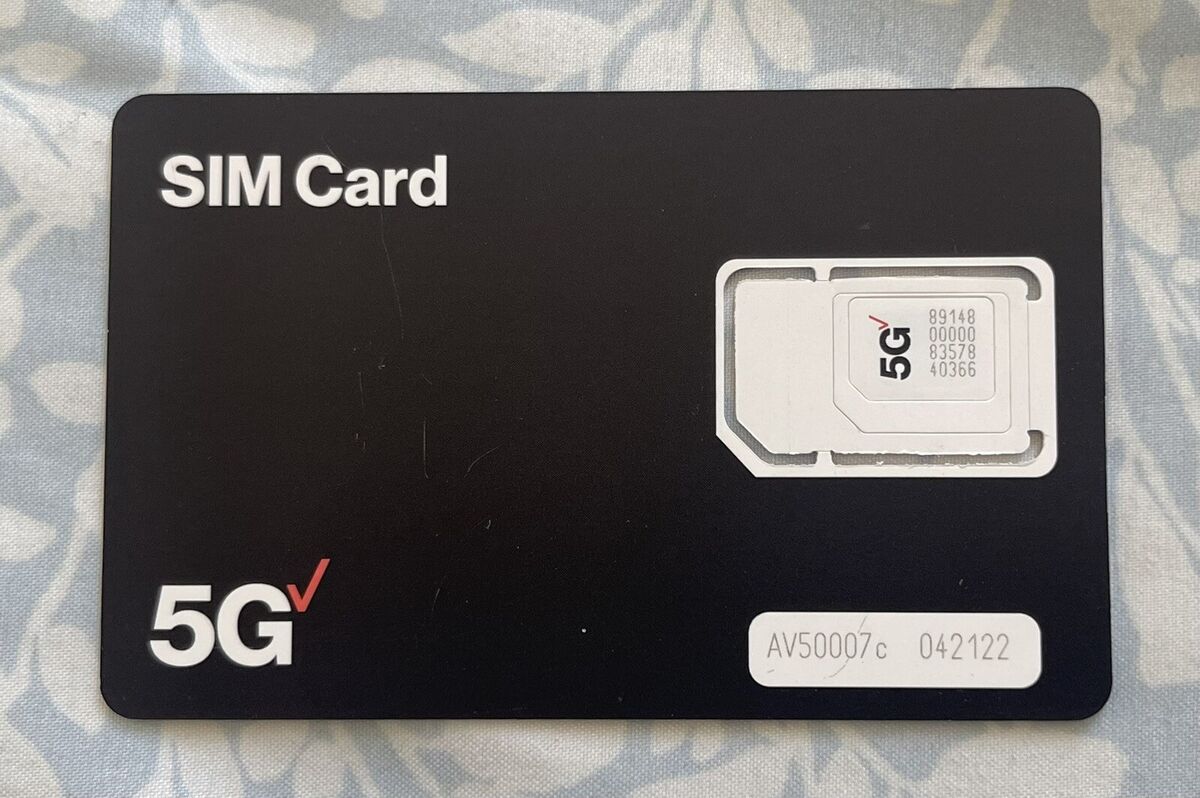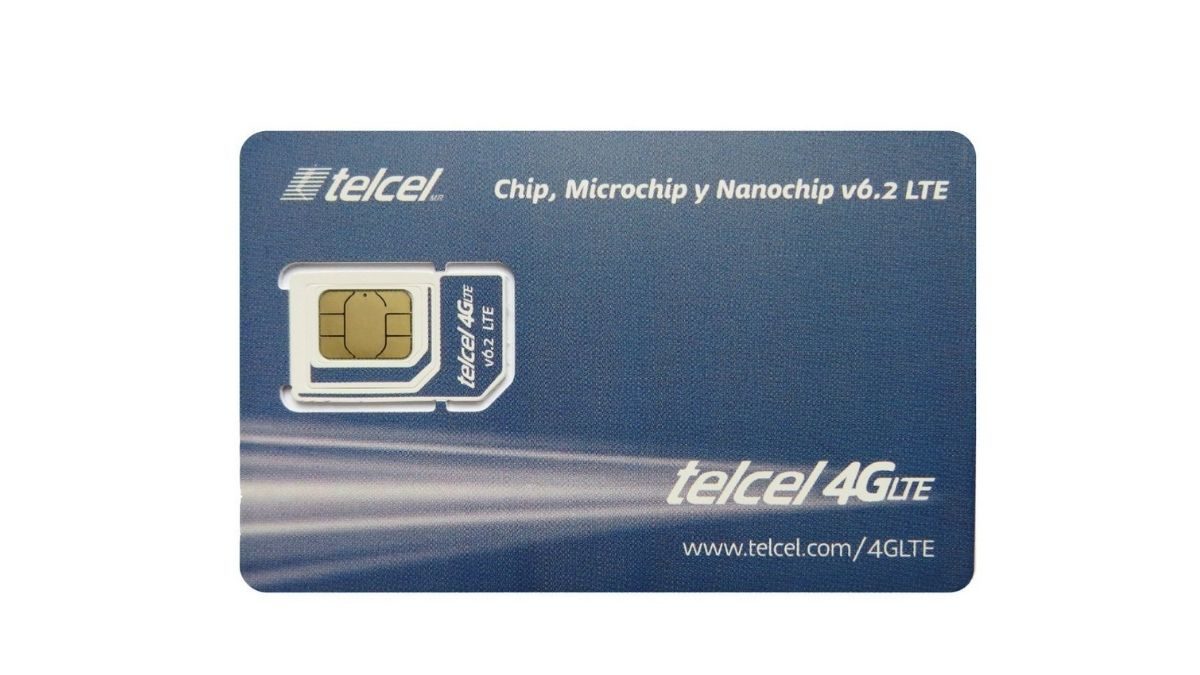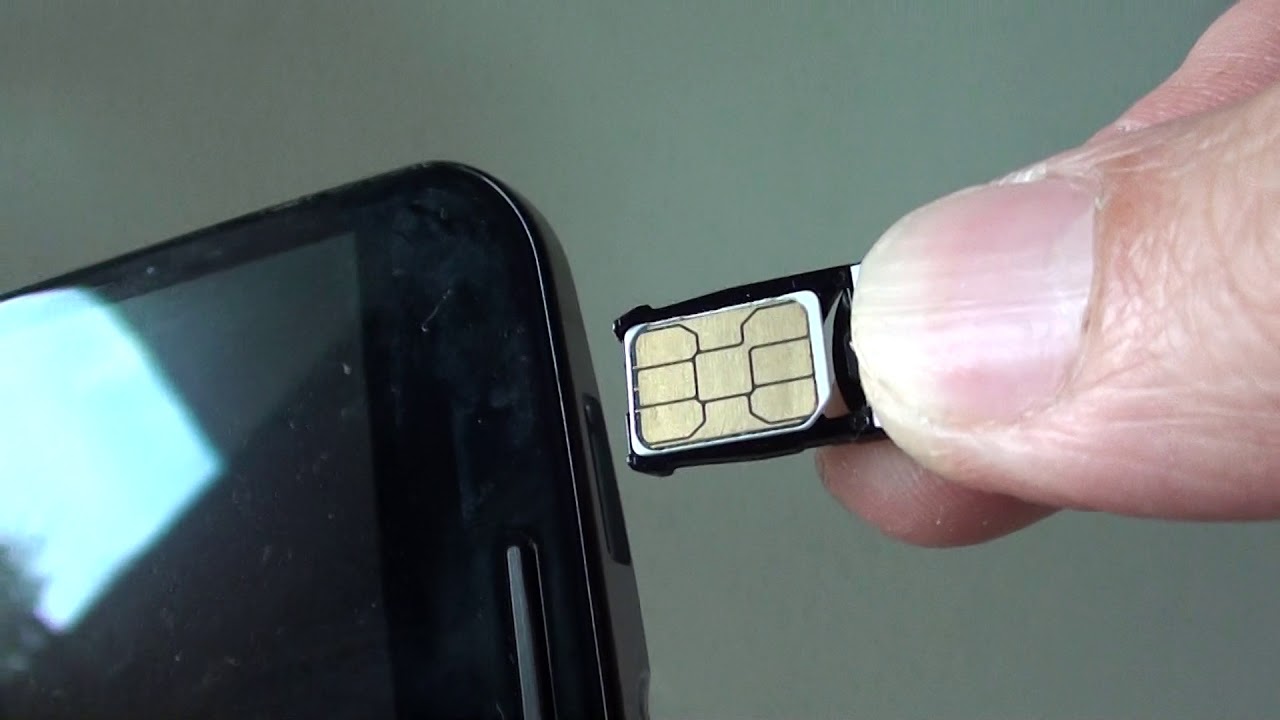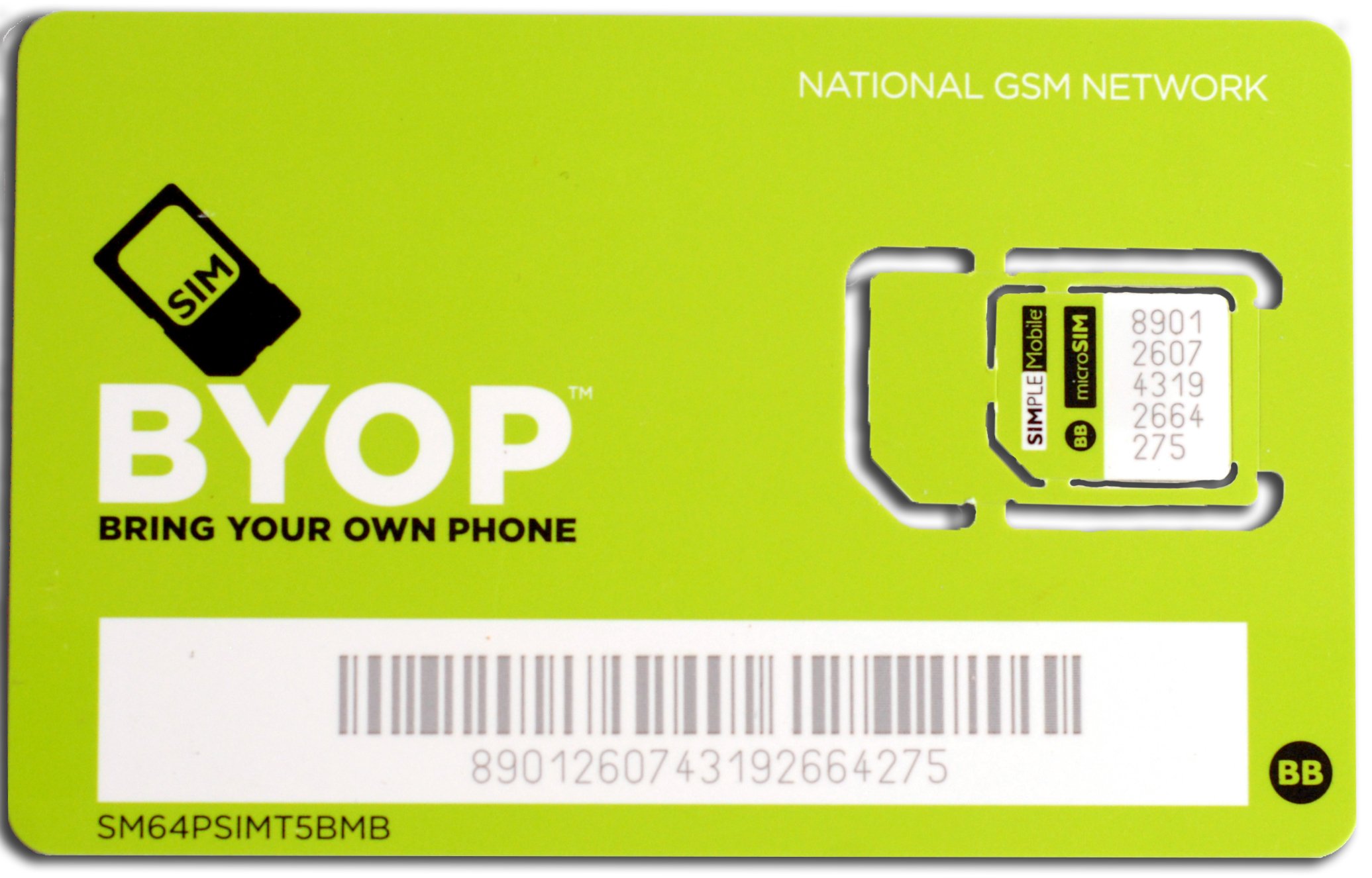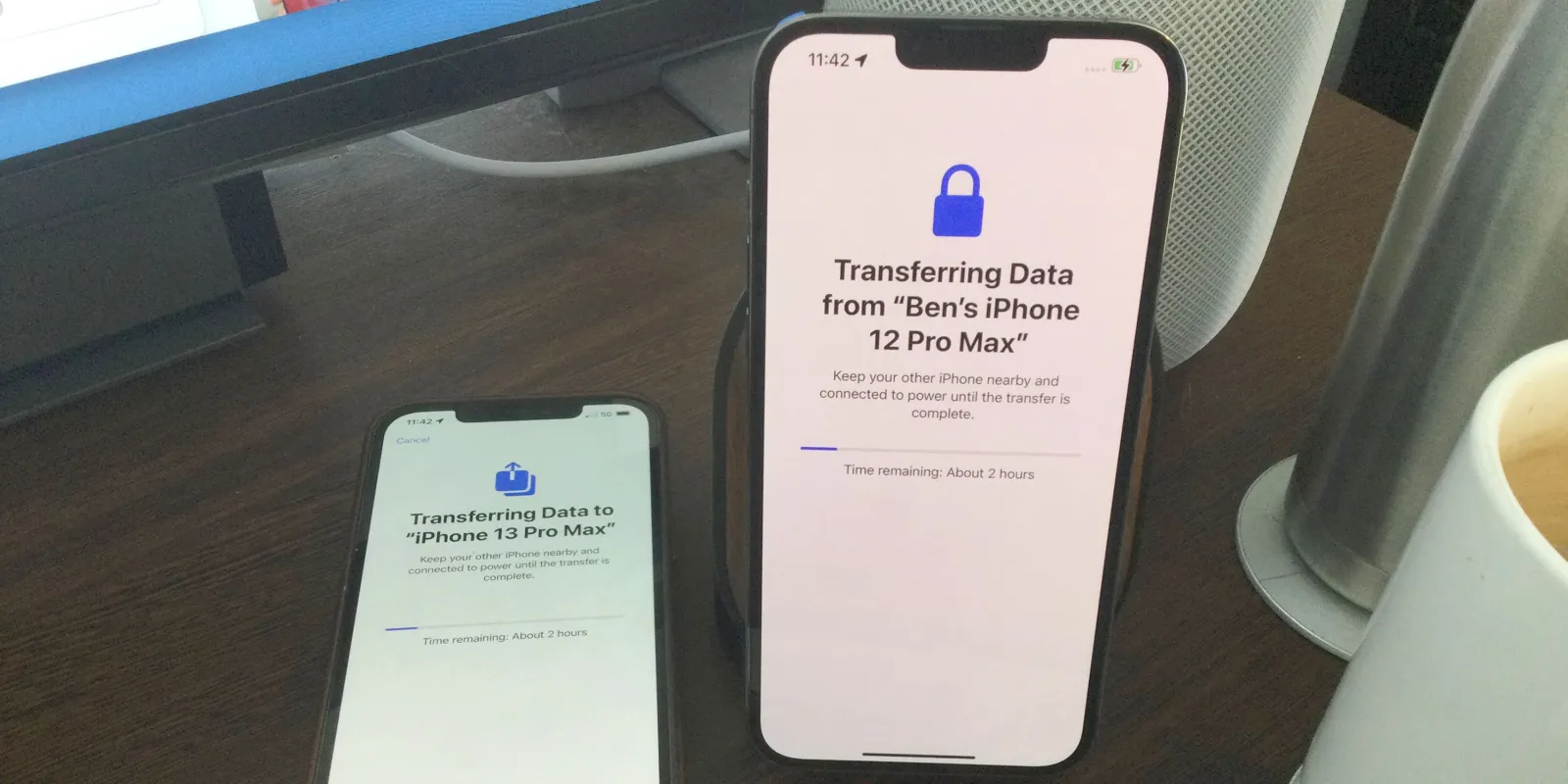Reasons for Obtaining Another SIM Card
There are various compelling reasons why individuals may consider obtaining an additional SIM card for their mobile device. Whether it's for personal or professional purposes, having another SIM card can offer a range of benefits, providing flexibility and convenience in managing communication and connectivity. Here are some common reasons for obtaining another SIM card:
-
Separating Personal and Business Usage: Many individuals prefer to maintain a clear distinction between their personal and professional communications. By having a separate SIM card for business purposes, they can effectively manage work-related calls, messages, and data usage without encroaching on their personal time.
-
International Travel: When traveling abroad, using a local SIM card can significantly reduce roaming charges and ensure seamless connectivity in the destination country. By obtaining a local SIM card, travelers can take advantage of affordable local call and data rates, avoiding hefty international roaming fees.
-
Network Coverage: In areas where network coverage is inconsistent or limited, having a secondary SIM card from a different service provider can offer a reliable backup option. This ensures that individuals can stay connected even in remote or poorly covered areas, enhancing their overall communication reliability.
-
Data Plans and Offers: Different network providers often offer varying data plans, promotions, and incentives. By obtaining an additional SIM card, individuals can take advantage of competitive data packages and special offers, maximizing their data usage while potentially saving on costs.
-
Privacy and Security: For individuals who value their privacy and security, having a separate SIM card for specific purposes, such as online transactions or temporary communication needs, can be advantageous. This approach helps to mitigate the risk of potential security breaches and safeguards personal information.
-
Backup and Redundancy: In the event of a SIM card malfunction, loss, or damage, having a spare SIM card readily available can serve as a backup, ensuring uninterrupted communication and minimizing disruptions caused by unexpected SIM card issues.
By understanding the diverse reasons for obtaining another SIM card, individuals can make informed decisions based on their specific needs and preferences, leveraging the advantages of multiple SIM cards to optimize their mobile communication experience.
Understanding SIM Card Types and Compatibility
When considering obtaining another SIM card, it's crucial to understand the different types of SIM cards available and their compatibility with various mobile devices. This knowledge empowers individuals to make informed choices and ensures that the new SIM card seamlessly integrates with their devices.
Types of SIM Cards
SIM cards come in various form factors, each designed to cater to different devices and usage scenarios. The most common types include:
-
Standard SIM (Mini-SIM): This was the traditional SIM card size used in older mobile devices. While it is less prevalent today, some older phones and certain devices still require this larger form factor.
-
Micro-SIM: Smaller than the standard SIM, the micro-SIM gained popularity with the introduction of smartphones and tablets. Many older smartphones and some budget-friendly devices still utilize micro-SIM cards.
-
Nano-SIM: The nano-SIM is the smallest form factor and is currently the standard for most modern smartphones and devices. Its compact size allows for sleeker device designs and better space utilization.
-
eSIM: Unlike traditional physical SIM cards, an eSIM is embedded directly into a device, eliminating the need for a physical card. This digital SIM technology is increasingly supported by newer smartphones and offers the flexibility of switching between different carriers without physically swapping SIM cards.
Compatibility Considerations
When obtaining a new SIM card, it's essential to ensure compatibility with the target device. This involves verifying the form factor supported by the device's SIM card slot and ensuring that the network frequency bands align with the capabilities of the device. Some key considerations include:
-
Device Requirements: Different devices may require specific SIM card sizes, such as standard, micro, or nano-SIM. It's crucial to identify the correct form factor supported by the device to ensure proper insertion and functionality.
-
Network Compatibility: For individuals obtaining a SIM card for international travel or network coverage enhancement, it's important to check the supported frequency bands. This ensures that the new SIM card is compatible with the network infrastructure in the target region, enabling reliable connectivity.
-
eSIM Support: For devices equipped with eSIM technology, individuals can explore the option of activating a digital SIM profile, providing the flexibility to add a new carrier without physically changing SIM cards. This feature is particularly beneficial for users who frequently switch between multiple carriers or travel internationally.
Understanding the nuances of SIM card types and compatibility empowers individuals to make well-informed decisions when obtaining a new SIM card. By considering the specific requirements of their devices and intended usage scenarios, individuals can seamlessly integrate the new SIM card and leverage its benefits to enhance their mobile communication experience.
How to Obtain a New SIM Card
Obtaining a new SIM card is a straightforward process that can be accomplished through various channels, catering to different preferences and requirements. Here's a comprehensive guide on how individuals can obtain a new SIM card for their mobile device:
1. Mobile Network Providers
One of the most common avenues for obtaining a new SIM card is through mobile network providers. Individuals can visit the nearest service center or retail outlet of their preferred network carrier. At the service center, they can request a new SIM card, specifying their plan preferences and any additional services they may require. The customer service representatives will assist in activating the new SIM card and transferring existing phone numbers or data plans, ensuring a seamless transition.
2. Online Ordering
Many network providers offer the convenience of ordering a new SIM card online through their official websites or mobile apps. Individuals can browse through available plans, select the desired SIM card type, and place an order for home delivery. This option is particularly convenient for individuals who prefer the flexibility of receiving the new SIM card at their doorstep without visiting a physical store.
3. Third-Party Retailers
In addition to network providers' outlets, individuals can obtain a new SIM card from authorized third-party retailers, such as electronics stores, convenience stores, and mobile phone shops. These retailers often offer a range of SIM card options from different network carriers, allowing individuals to compare plans and choose the most suitable option based on their communication needs and budget.
4. Travel SIM Cards
For international travelers, obtaining a local SIM card at the destination country is a practical approach to ensure cost-effective communication during the trip. Many airports, tourist centers, and mobile stores in foreign countries offer prepaid travel SIM cards tailored for tourists, providing competitive call and data rates for the duration of their stay.
5. eSIM Activation
For devices that support eSIM technology, individuals can explore the option of activating a digital SIM profile directly through their device settings or the respective network provider's app. This process allows users to add a new carrier profile without the need for a physical SIM card, offering the flexibility of managing multiple carriers on eSIM-compatible devices.
By considering these diverse avenues for obtaining a new SIM card, individuals can choose the most convenient and suitable method based on their specific preferences, location, and device compatibility. Whether it's through traditional service centers, online ordering, third-party retailers, or eSIM activation, the process of obtaining a new SIM card is designed to accommodate the diverse needs of mobile users, ensuring accessibility and convenience.
Transferring Data to a New SIM Card
Transferring data to a new SIM card is a crucial step when integrating the new SIM card with a mobile device. This process ensures that essential information, such as contacts, messages, and other data associated with the previous SIM card, is seamlessly transferred to the new one. While the specific steps for transferring data may vary depending on the device and SIM card type, the fundamental principles remain consistent across different scenarios.
Data Transfer Methods
1. Contact Import/Export:
- Many smartphones provide built-in functionality to export contacts from the device's storage or existing SIM card to a standard file format, such as a .vcf (vCard) file. Once the contacts are exported, they can be imported into the new SIM card or directly into the device's address book, ensuring that all contact information is retained.
2. Messaging Apps and Cloud Services:
- For individuals who rely on messaging apps, email accounts, or cloud-based services for communication, it's essential to ensure that these accounts are linked to the new SIM card. By signing in to messaging apps and email accounts on the new device, users can access their conversation history, emails, and other communication data seamlessly, irrespective of the SIM card change.
3. Service Provider Assistance:
- In some cases, mobile network providers offer assistance in transferring data from an old SIM card to a new one. This may involve visiting a service center or contacting customer support to initiate the transfer process. Service provider assistance is particularly helpful when migrating complex data, such as customized network settings and service configurations.
Device-Specific Instructions
When transferring data to a new SIM card, it's essential to refer to the device's user manual or online support resources for specific instructions tailored to the device model and SIM card type. These resources often provide detailed guidance on data transfer procedures, ensuring a smooth transition without the risk of data loss or compatibility issues.
Verifying Data Transfer
After transferring data to the new SIM card, it's crucial to verify that all essential information has been successfully migrated. This involves checking the contact list, messaging history, and other relevant data to ensure that nothing has been overlooked during the transfer process. By meticulously reviewing the transferred data, individuals can confirm a seamless transition to the new SIM card.
By following these guidelines and leveraging the appropriate data transfer methods, individuals can effectively transfer their essential data to a new SIM card, ensuring continuity in communication and minimizing the impact of switching to a different SIM card. Whether it's through manual data transfer procedures, cloud-based synchronization, or service provider assistance, the goal is to facilitate a seamless transition while preserving vital communication data.
Activating a New SIM Card
Activating a new SIM card is a pivotal step in the process of integrating it with a mobile device. This essential procedure ensures that the SIM card is recognized by the network and enables seamless communication capabilities. The activation process may vary depending on the network provider, device type, and SIM card technology, but the fundamental principles remain consistent across different scenarios.
Traditional SIM Card Activation
For traditional physical SIM cards, the activation process typically involves inserting the new SIM card into the device's SIM card slot and powering on the device. Upon startup, the mobile device prompts the user to enter the SIM card's associated PIN (Personal Identification Number) or PUK (Personal Unblocking Key) if the PIN has been entered incorrectly multiple times. Once the correct PIN or PUK is provided, the SIM card registers with the network, and the device gains access to voice, messaging, and data services.
eSIM Activation
In the case of devices equipped with eSIM technology, activating a new SIM profile is a streamlined process that occurs entirely within the device's settings. Users can navigate to the device's SIM card or mobile network settings, where they have the option to add a new mobile plan or carrier profile. This process involves scanning a QR code provided by the network carrier or entering the activation details manually. Once the eSIM profile is added, the device establishes connectivity with the designated carrier, enabling seamless access to mobile services.
Network Provider Assistance
In situations where individuals encounter challenges during the activation process, seeking assistance from the network provider's customer support or visiting a service center can be beneficial. Customer service representatives can provide guidance on troubleshooting activation issues, ensuring that the new SIM card is successfully registered on the network. Additionally, they can assist with verifying account details, plan activation, and addressing any potential network configuration requirements.
Verification and Testing
Following the activation process, it is essential to verify that the new SIM card is functioning as intended. This involves making test calls, sending messages, and accessing mobile data to confirm that the SIM card has been successfully activated and is operational. By conducting these tests, individuals can ensure that the new SIM card is seamlessly integrated with the device and is capable of facilitating uninterrupted communication.
By following the appropriate activation procedures tailored to the specific SIM card type and device, individuals can ensure a smooth transition to the new SIM card, enabling them to harness its communication capabilities effectively. Whether it's through traditional SIM card activation steps or the streamlined process of eSIM profile addition, the goal is to facilitate seamless connectivity and empower users to leverage the full potential of their mobile devices.
Tips for Using Multiple SIM Cards
Managing multiple SIM cards effectively requires a strategic approach to optimize communication, connectivity, and overall mobile experience. Whether it's juggling personal and business usage, leveraging international travel SIM cards, or maximizing network coverage, individuals can benefit from the following tips for using multiple SIM cards:
-
Label and Organize: To avoid confusion and streamline usage, label each SIM card based on its purpose or carrier. This simple yet effective practice helps users quickly identify the intended SIM card for specific calls, messages, or data usage.
-
Utilize Dual SIM Features: Many modern smartphones offer dual SIM functionality, allowing users to manage two SIM cards simultaneously. Leveraging this feature empowers individuals to efficiently switch between SIM cards for different purposes without the need for physical swapping.
-
Customize SIM Settings: Explore the device settings to customize preferences for each SIM card, such as default calling and messaging SIM, data usage priority, and network selection. Tailoring these settings enhances control and convenience when using multiple SIM cards.
-
Data Roaming Management: For frequent travelers, managing data roaming settings for each SIM card is crucial. By configuring data roaming preferences based on the destination and network coverage, individuals can optimize data usage and minimize roaming charges.
-
Backup and Sync: Regularly back up contacts, messages, and other essential data associated with each SIM card. Utilize cloud-based synchronization or local backups to ensure that critical information is safeguarded and easily accessible across multiple devices.
-
Network Selection: When using multiple SIM cards from different carriers, manually selecting the preferred network for each SIM card can optimize connectivity and ensure reliable network access in diverse locations.
-
SIM Card Tray Management: For devices with physical SIM card trays, ensure proper management and insertion of SIM cards to prevent damage or misalignment. Carefully handling the SIM card tray maintains the integrity of the SIM cards and the device's SIM slot.
-
Monitor Data Usage: Keep track of data usage for each SIM card to avoid exceeding plan limits or incurring additional charges. Utilize built-in data monitoring features or third-party apps to stay informed about data consumption on each SIM card.
-
Plan Renewal Synchronization: If using multiple SIM cards with specific data or call plans, synchronize the renewal dates to streamline management and avoid overlapping plan periods, ensuring continuous service availability.
-
Security Considerations: Implement security measures, such as SIM card PIN protection and device encryption, to safeguard sensitive data associated with each SIM card and enhance overall mobile security.
By implementing these practical tips, individuals can effectively harness the advantages of multiple SIM cards, optimizing their mobile communication, and connectivity while seamlessly managing diverse usage scenarios.









